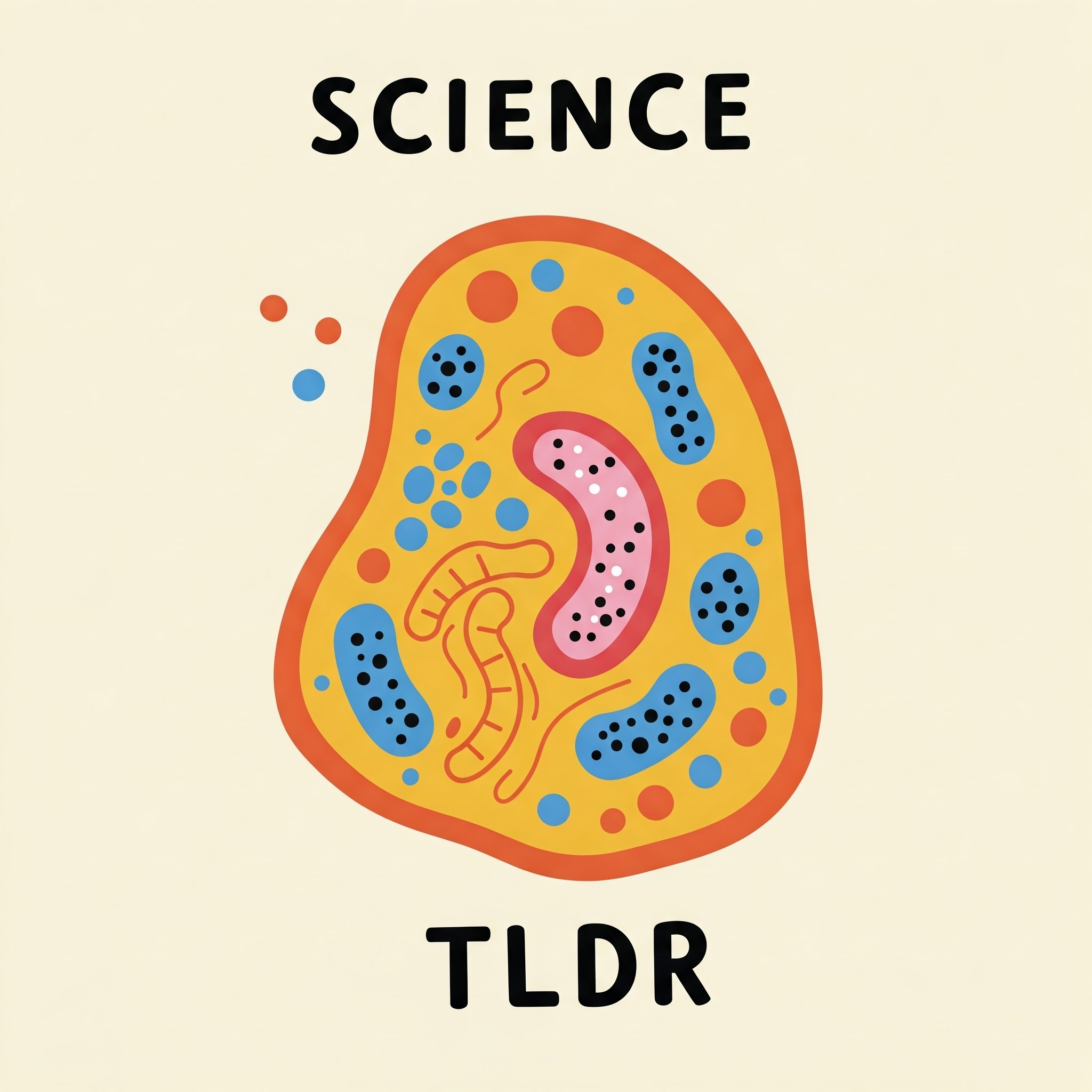Listen "Scratching promotes allergic inflammation and host defense via neurogenic mast cell activation"
Episode Synopsis
DOI: 10.1126/science.adn9390Key points:The Itch-Scratch ParadoxScratching is an evolutionarily conserved behavior but seems counterproductive as it worsens inflammationResearch found scratching serves both harmful and beneficial purposes:Can exacerbate allergic skin conditionsHelps protect against bacterial infections like S. aureusProvides insight into why scratching is pleasurable despite negative effectsThe Mechanism:When scratching occurs:Activates pain-sensing neurons (nociceptors) in the skinNociceptors release substance P (a neuropeptide)Substance P activates mast cells through receptor MrgprB2Mast cells release:Histamine (causes itching and inflammation)TNF (tumor necrosis factor - recruits neutrophils)Other inflammatory mediatorsKey Findings:Scratching amplifies allergic responses through this neurogenic inflammation pathwayIn bacterial infections, this inflammatory response helps fight pathogensScratching can alter the skin's microbiome compositionThe research explains the "itch-scratch cycle" where scratching temporarily relieves but ultimately worsens itchingClinical Implications:Helps explain why scratching exacerbates conditions like atopic dermatitisOpens new therapeutic possibilities targeting:Substance PMrgprB2 receptorNeurogenic inflammation pathwayCould lead to better treatments for allergic skin conditions while preserving beneficial anti-bacterial effectsEvolutionary Context:Scratching likely evolved as a defense mechanism against skin pathogensBenefits in fighting bacterial infections may outweigh downsides in allergic conditionsExplains why scratching persists despite seeming counterproductive in some contextsThis research provides the first detailed molecular explanation for how scratching both helps and harms, reconciling its dual nature as both a pathological process and evolutionary adaptation.
 ZARZA We are Zarza, the prestigious firm behind major projects in information technology.
ZARZA We are Zarza, the prestigious firm behind major projects in information technology.
